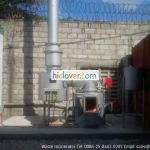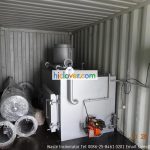Doubel Combustion Chamber
All Incinerators are Doubel Combustion Chamber with One Fuel Burner Each. After Burner Technology for Completely Combustion and Cleaner World.
Read MoreHigh Temperature Incineration
Temperature Range 800 Degree to 1200 Degree in Combustion Chamber. Temperature Thermocouple Monitor and Controller. High Quality Fire Brick and Refactory Cement.
Read MoreGet Lastest News
There are latest incinerator news like technical, public news, business tender for medical waste incinerator,animal incineration, pet cremation
Read MoreNanjing Clover Medical Technology Co.,Ltd.
Email: sales@clover-incinerator.com | Tel: +86-25-8461 0201
Regular model incinerator for market with burning rate from 10kgs to 500kgs per hour and we always proposal customer send us their require details, like waste material, local site fuel and power supply, incinerator operation time, etc, so we can proposal right model or custom made with different structure or dimensions.
Incinerator Model YD-100 is a middle scale incineration machine for many different usage: for a middle hospital sickbed below 500 units, for all small or big size family pets (like Alaskan Malamute Dog), for community Municipal Solid Waste Incineration, etc. The primary combustion chamber volume is 1200Liters (1.2m3) and use diesel oil or natural gas fuel burner original from Italy.
Latest Post
New Metro incinerator Could cost $1.3 billion more than planned: Research
Metro Vancouver is taking more heat over its strategy to construct a second garbage incinerator, using a new study commissioned by squander firm Belkorp Environmental Services indicating the move could cost around $1.3 billion more than originally estimated.
The analysis, conducted by ICF International on behalf of Belkorp, comes as Metro Vancouver attempts to take care of the state’s rejection of its proposed Bylaw 280, which was essential to its solid waste management program because it could have guaranteed crap created in Metro was kept in the area.
Belkorp, which conducts the Cache Creek ditch, has been engaged in a high-profile lobbying effort against Bylaw 280 as well as Metro Vancouver’s plans to burn off the region’s waste rather than landfill it. Metro is slated to close the Cache Creek ditch in 2016.
“We’re still battling for alternatives that are far better than the incinerator,” said Russ Black, Belkorp’s vice-president of business development. “Regardless of Bylaw 280, we still wanted to demonstrate the true costs of this incinerator.”
The analysis, by ICF’s lead author Seth Hulkower, indicates Metro Vancouver significantly outperforming the revenue it would earn by selling electricity in the new incinerator into BC Hydro within a period of 35 years.
Metro had suggested it would seek to negotiate a cost of $100 per kilowatt hour from BC Hydro, but Hulkower noted the waste-to-energy business plan does not take into account that BC Hydro may correct the cost it pays for electricity after Metro recovers it capital outlay on the undertaking.
Metro Vancouver chairman Greg Moore said he is not surprised with the research’s findings, stating it’s a point that has long been contended by Belkorp.
But he said the research is early considering that Metro has at least 10 proponents offering different forms of waste-to-energy, such as district heat and gasification, and there are many potential scenarios.
“They’re persistent in pursuit of the agenda to continue to possess garbage going to their landfill,” Moore stated. “Until that decision is made I do not believe they’ll stop.”
Belkorp has a Coquitlam site where it proposes to construct a facility to take a”last pass” at waste to remove recyclables such as organics, plastics, paper and alloys, a movement that would ultimately rob the area of enough material to fuel a different waste-to-energy facility.
Black acknowledged multi-material recovery centers directly compete with incinerators however state that they make sense. “When you examine the range of prices, there’s some serious questions that need to be addressed,” he said.
Belkorp already has a Coquitlam site where it proposes to build a facility to take a “last pass” at waste to remove recyclables such as organics, paper, plastics and metals, a move that would ultimately rob the region of enough material to fuel another waste-to-energy facility.
Black acknowledged multi-material recovery facilities directly compete with incinerators but say they make sense. “When you look at the range of costs, there’s some serious questions that have to be addressed,” he said.
INCINERATOR SPECIFICATION Capacity UPTO 20 kg/hr
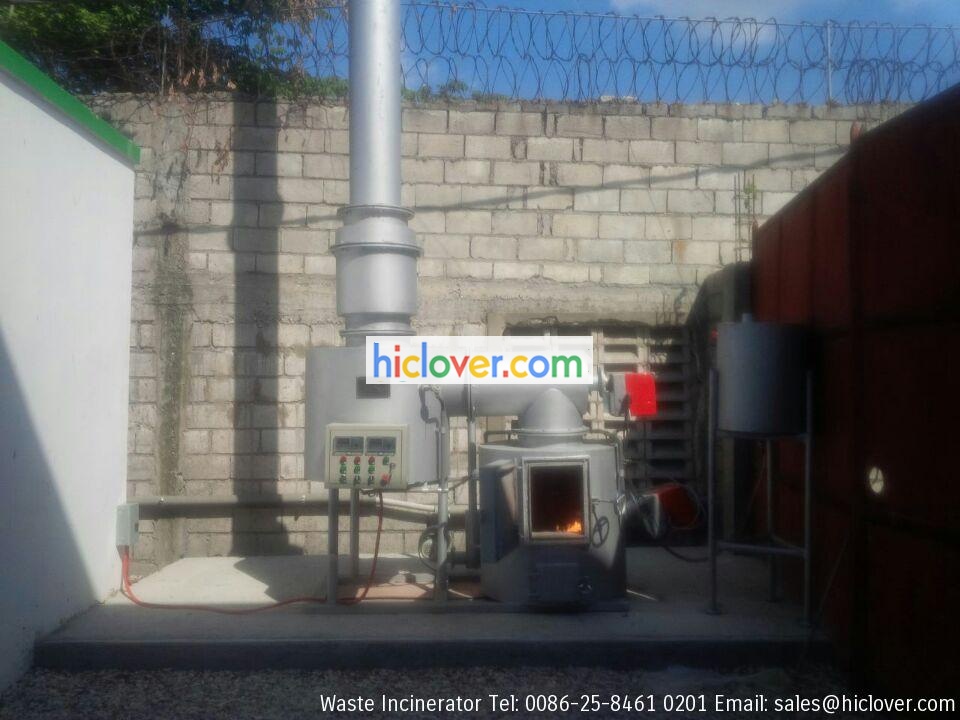
Material: STAINLESS STEEL STACK, REFRACTORY CONCRETE LINING SPECIAL INSULATION MATERIAL
With burner: 15 C 20 KW
Temperature: PRIMARY CHAMBER = 800°C AND SECONDARY CHAMBER = 850 – 1200° C
Sufficient heat generation for secure and complete combustion 600-800 °C in the first chamber and >1000 °C in the second chamber
Easy transportation on standard EURO-pallets
Constructed in a modular fashion easy on-site movement and assembly with a minimum of equipment and technical skills;
For the destruction of problematic waste like sharps, amputates and body parts, wet or moist matter;
Off-gas quality: moderate smoke emissions during one quarter of the total incineration time; no visible emission during three quarters. AS PER INTERNATIONAL STANDARDS
The remaining ash approximately 5-10% in weight and below 1% in volume of the original waste AS PER INTERNATIONAL STANDARDS
Chimney height at least 5 m above the incinerator 5m ABOVE FROM THE GROUND
Temperature resistance of the lining at least 1,200 °C
N.D. could get Ebola waste from Calif..
FARGO, N.D. — California health officials have given note that North Dakota is one of six countries that may get Ebola medical waste in case the state has any material to incinerate.
In a note posted last week, the California Department of Public Health listed North Dakota as one of six countries in which California pushes medical waste to be incinerated when onsite disposal isn’t available at medical centers.
Healthcare Environmental Services Inc., located at an industrial park at 1420 40th St. N. at Fargo, operates a medical waste incinerator that also prevents waste from other locations.
Calls to Healthcare Environmental Services on Tuesday afternoon were not returned.
The company is owned by Sanford Health. A Sanford spokeswoman said it couldn’t immediately comment on the possible incineration of Ebola waste from California at the Fargo centre.
up to now, California has no known Ebola cases, according to the state health division, which spelled out its own interim guidelines for safe handling of medical waste in an alert to providers and others.
In a different development, public health officials have been tracking two North Dakota residents who recently returned from countries in West Africa that are combating the Ebola epidemic.
Neither of those two residents is running a fever or showing any symptoms of an Ebola disease, which may include diarrhea, muscle and joint aches and abnormal bleeding. “They pose no danger to the community”
Health officials are not releasing information about where the two people live.
Public health officials in Minnesota and South Dakota also are monitoring residents in those countries who have recently visited Guinea, Liberia or Sierra Leone in West Africa, in which an outbreak of Ebola has killed about 5,000.
State health officials have been contacted by the Centers for Disease Control and Prevention when a person is entering the United States from those nations through five major international airports.
“We’re doing tracking,” explained Sam Brungardt, a public information officer for the Minnesota Health Department.
On Monday, Minnesota health officials announced that they were tracking one resident who’d traveled to West Africa, but the list of individuals to track is growing.
“It has grown, and it’ll continue to grow because we get reports by the CDC,” Brungardt said. “There’s people that are returning from these three West African nations every day.”
up to now, not one of those being monitored for signs of fever with twice-daily temperature checks show any indication of disease, he said.
As a precaution, howeverthey will continue to be checked during the 21-day observation period, generally thought of as the incubation period for the Ebola virus.
South Dakota health officials also are tracking somebody who recently returned from West Africa, but isn’t showing symptoms.
South Dakota health officials also are monitoring someone who recently returned from West Africa, but is not showing symptoms.
Norfolk incinerator bill wrangle could Last until after Christmas
But in a meeting this week, Tom McCabe, interim manager of environment, transport and development in Norfolk County Council, told councillors that the last figure had yet to be agreed.
He said:”The conversation with Cory Wheelabrator is ongoing and we’d hope to have it resolved by Christmas.
“It is premature to say it’ll be done by then, though. It could be achieved before that it could drag on for more.”
Norfolk County Council voted by 48 votes to 30 to complete the contract to the proposed incinerator in Saddlebow in an extraordinary meeting in April.
Council officers had stated that, because of delays in securing planning permission, the contentious project no longer provided good value for money, and councillors agreed to ditch it. That comprised #20.3m to Cory Wheelabrator – the firm which would have built and run the burner; people inquiry costs of #1.6m and estimated interest related expenses of #11.8m.
The first #11.8m of this bill was paid in July, however council bosses are locked in months of discussions regarding the fine details of this contract and just how much that means that the council must pay Cory Wheelabrator.
By: http://www.edp24.co.uk/news/politics/norfolk_incinerator_bill_wrangle_could_continue_until_after_christmas_1_3823390
However, in the short term, a deal was struck by their counterparts in Suffolk for rubbish to be burned at a newly-built incinerator at Great Blakenham.
Over the following year, about 40,000 tonnes of Norfolk’s residual household waste will be hauled down the A140 to be burned at the plant.
• What do you consider this incinerator saga?
• What do you think of the incinerator saga? Write, giving full contact details, to Letters Editor, Prospect House, Rouen Road, Norwich NR1 1RE.
by: http://www.edp24.co.uk/news/politics/norfolk_incinerator_bill_wrangle_could_continue_until_after_christmas_1_3823390
Supply, Installation and Commissioning of DIESEL FIRED INCINERATORS
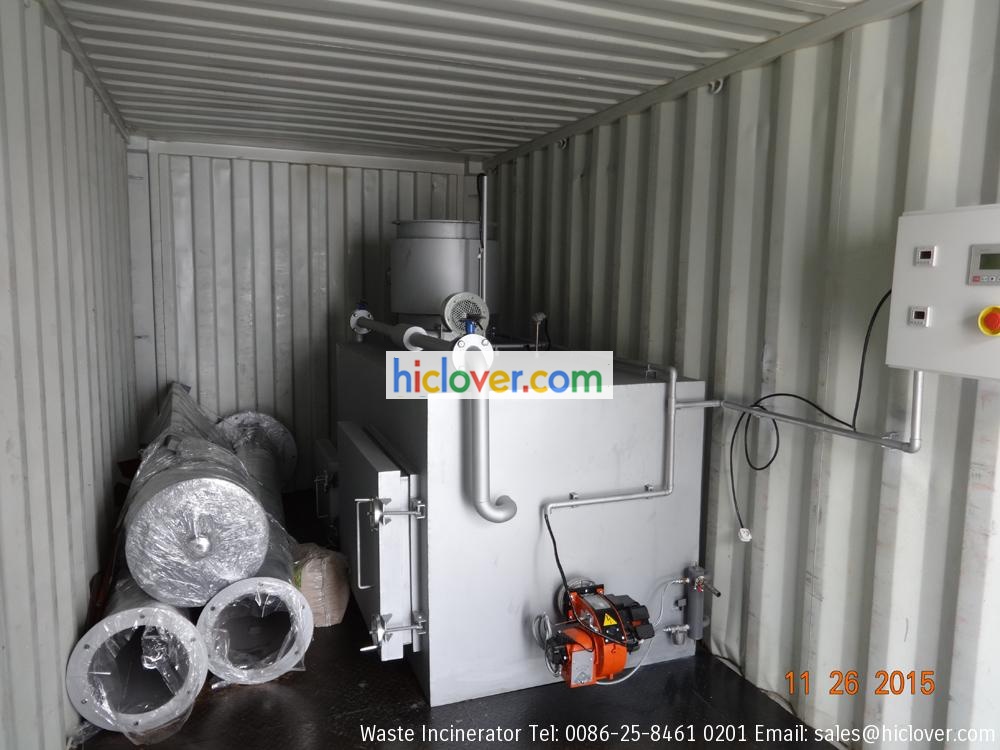
Medical Waste Incinerator, 100 to 120 Kg/hr
Application For incineration, general and pathological
Capacity 100 C 120 kg/h burn rate
Type Two combustion chambers type; primary and Secondary, controlled/forced combustion air type with a flue gas emission scrubbing unit
Operating time Minimum 8 hours daily
Operating temperature From 850 0C to 1200 0C, Automatic controlled
Residual Ash 5 to 10%
Construction Constructed from heavy duty mild or aluminized steel
Or equal and approved equivalent
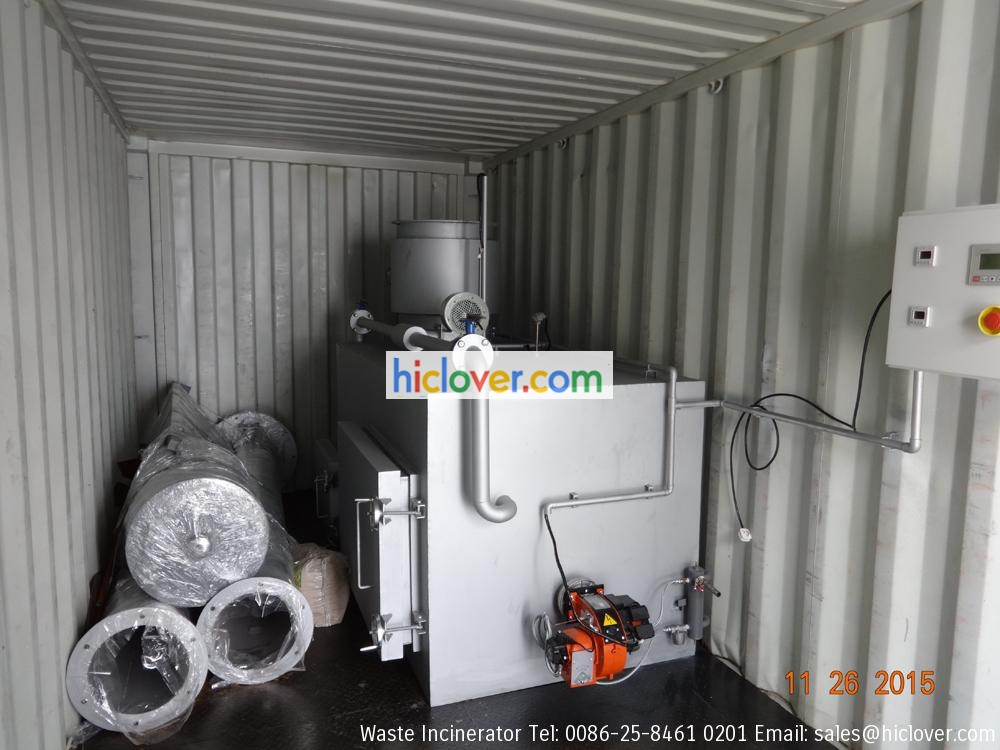
Insulation material Refractory material lining similar or equal to calcium
Silicate and hot face combination of heavy duty brickwork
Internal Construction Fixed hearth type complete with gratings, concave bottom and charging door, lined with refractory material
Charging Door Suitable for manual loading of wastes and with smooth
Dear seal equivalent of Ceramic seals with hinges.
Door Lock Automatic, Electric type
Ash removal door Provided, for removing resultant bottom ash leftovers from the Primary chamber
Gratings Provided
Loading Manual loading of waste
Primary Burner Fully automatic, with fuel, temperature and speed controls with ignition system flame detector Air fan Complete with safety features, flame failure Diesel fired fuel injector type
Flange mounted
Blower Provided. 3 phase for supplying excess combustion air through the distribution system with speed control system
Temperature Minimum exit 850 0C
Observation port To be provided with protective glass type
3.3 Secondary chamber











